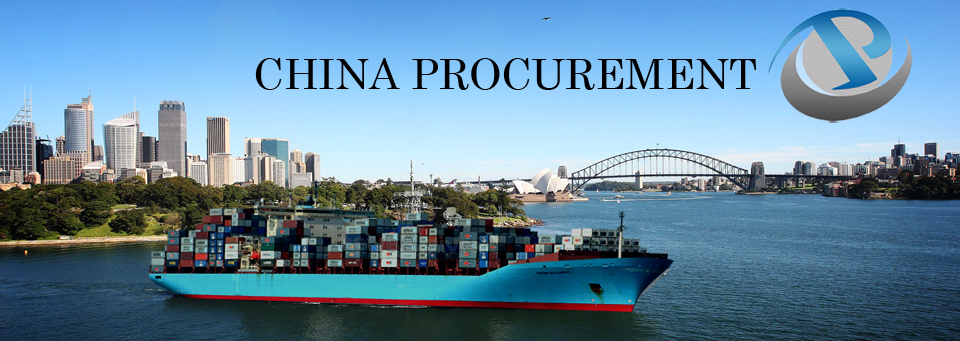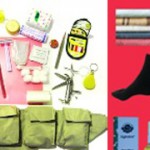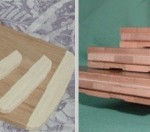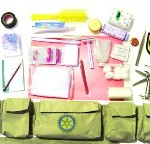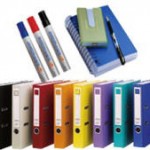How we work
Our Services
Quality. Efficiency. Simplicity. Cost Effectiveness. These are important attributes of our services.
Sourcing and Importing from China involves many stages, and a good way to get an overview of the approach we adopt is to download and read our eBook, Getting Started with Importing from Getting-Started-with-Importing.pdf.
Below is a summary of the services that we provide: (Click on individual services for more details)
Importing is not always the best or even cheapest option. By taking into account various factors, we can assist you establish whether importing is practical in your particular situation. Use the checklist from Importing-Readiness-Check.pdf to help determine if importing is a viable option.
It is absolutely imperative that any products you wish to import are clearly defined with no scope for misunderstanding. A Product Specifications checklist can be downloaded from Product-Specifications.pdf
It is important to take into account the transportation, shipping, landing charges and delivery charges when considering order quantities, as these can be quite substantial. In some cases they can be as much as the cost of the products themselves. Due to the way port handling charges are calculated, and based on the cost of the products, it can sometimes work out cheaper overall to import a full container load rather than half a container!
The size of the order or type of product will determine whether we can work directly with a manufacturer or through an established distributor.
Normally we will identify at least 3 potential suppliers of the product. Initial contact is usually made by phone, with subsequent conversations taking place using online and instant messaging applications such as MSN or Skype.
This process is similar to Product Sourcing in that we will identify at least 3 potential manufacturers, but there are a number of additional steps involved, such as getting non-disclosure agreements (to protect your Intellectual Property), sending samples/prototypes (if available) or arranging for development of prototypes, etc.
Prior to negotiating we strive to build a good rapport with the supplier. Getting to know suppliers and building good relationships is critical to the success of our business. It is also very important that the final price is fair to both the customer and supplier. Oftentimes, large corporations force the manufacturer’s prices so low that they barely cover costs, so the manufacturers end up using substituted items, which are usually have inferior quality, subpar performance; and are composed of cheaper material(s).
Once it is determined that the supplier can fulfill the requested product to the exact specifications, the next step is negotiate with the supplier to get the best result for both parties. Results of the negotiations will then form the basis of the contract, and will include topics such as:
- Price (FOB, CIF, ex-factory, etc)
- Quality
- Lead times
- Terms and conditions
- Payment Schedule (deposit%, balance, dates)
We prepare a purchase order on behalf of the client once the client is happy to proceed. This is forwarded to the supplier, along with the deposit for the order. This becomes a legally binding document. The Purchase Order contains:
- Product description & details and quantities ordered
- Unit price (as agreed), and payment schedule
- Shipping Costs & basis (FOB, CIF, etc.)
- Other costs – e.g. special packaging
- Delivery Address
- Required Delivery Date
- Penalties for late delivery
The supplier then accepts and confirms the terms of the Purchase Order, and if necessary, they also will schedule the manufacturing process and advise a completion date. Most suppliers will require a deposit ranging from 30% to 50% of the order value with the Purchase Order. The customer will pay the deposit to China Procurement, who then transfers it to the supplier in China.
This is the process of verifying that the supplier is legitimate. We go through a series of checks on the business, such as checking registration (similar to Australian ABN) and having in-depth conversation over the phone. In some cases we will also get an agent to do a site visit.
If the products are standard stock items, it can be worthwhile to organise a sample to be sent here for checking.
Sometimes our customers have already produced a prototype of the product they want manufactured in China. In these cases we will arrange for the prototype to be sent to the manufacturer - after we get an NDA (Non-Disclosure Agreement) signed by the manufacturer.
Some businesses have drawn up the design of the products, but to keep costs down, want the sample or prototype produced in China. In this case we send the blueprints (or sketches after receiving the signed NDA.
We always suggest customers patent their intellectual property before sending any blueprints or prototypes to China, and we also get the suppliers to sign an agreement stating that all information provided by us on behalf of the client is confidential and that they will not disclose to any other party without the express agreement of the client.
Once the deposit is received, order fulfilment will commence. China Procurement maintains contact with the supplier on a regular basis to ensure that there are no delays or any other discrepancies. Any and all issues will immediately be communicated to the customer and corrective action taken will be taken where applicable.
The level of quality checking that is required on completion of the order is normally decided by the customer. Many orders do not require quality checks, particularly where the orders are for standard stock items, but others may involve:
- Detailed photographs of the completed items
- Physical check by one of our agents in China
There are various points at which the goods need to be moved from one location to another:
- From the factory or warehouse to the port in China – usually by road
- From the port in China to the Australian port – usually ship, but may be air-freighted for small or urgent deliveries
- From the Australian port to the customer’s warehouse
Various shipping documents are required from the supplier and shipper before the goods can be shipped and received in Australia. These must be in the correct format as defined by Customs and AQIS, and include:
- Commercial Invoice
- Packing List
- Bill of Lading
- Packing Declaration
We arrange for the relevant documents to be forwarded to us, then disburse as necessary.
A few days before the goods are due to arrive to their destination, the shipping company sends formal delivery advice and an invoice for shipping and dock charges. China Procurement then forwards these documents to our customs clearance agent in the designated country. The agent arranges customs clearance, receipt of goods, delivery to customer, and payment of all fees which include:
- Landing charges
- Port charges
- Duty
- GST (Goods and Services Tax)
- Quarantine Clearance
- Delivery to the customer’s premises
In most cases, our clients prefer us to handle the entire process from initial sourcing of the product or manufacturer, right through to delivery at their premises. In these situations our fee is based on a percentage of the total order value; the percentage varies depending on the order value and the level of our effort.
Some clients have already done much of the legwork and have identified a potential supplier, but need some assistance in some aspects of the importation – for example checking that the supplier is legitimate, monitoring progress, making overseas payments, handling all the landing and delivery processes. Two options are available in these cases:
- Fixed fee per individual service
- Fee based on an hourly rate for the time spent on the task
